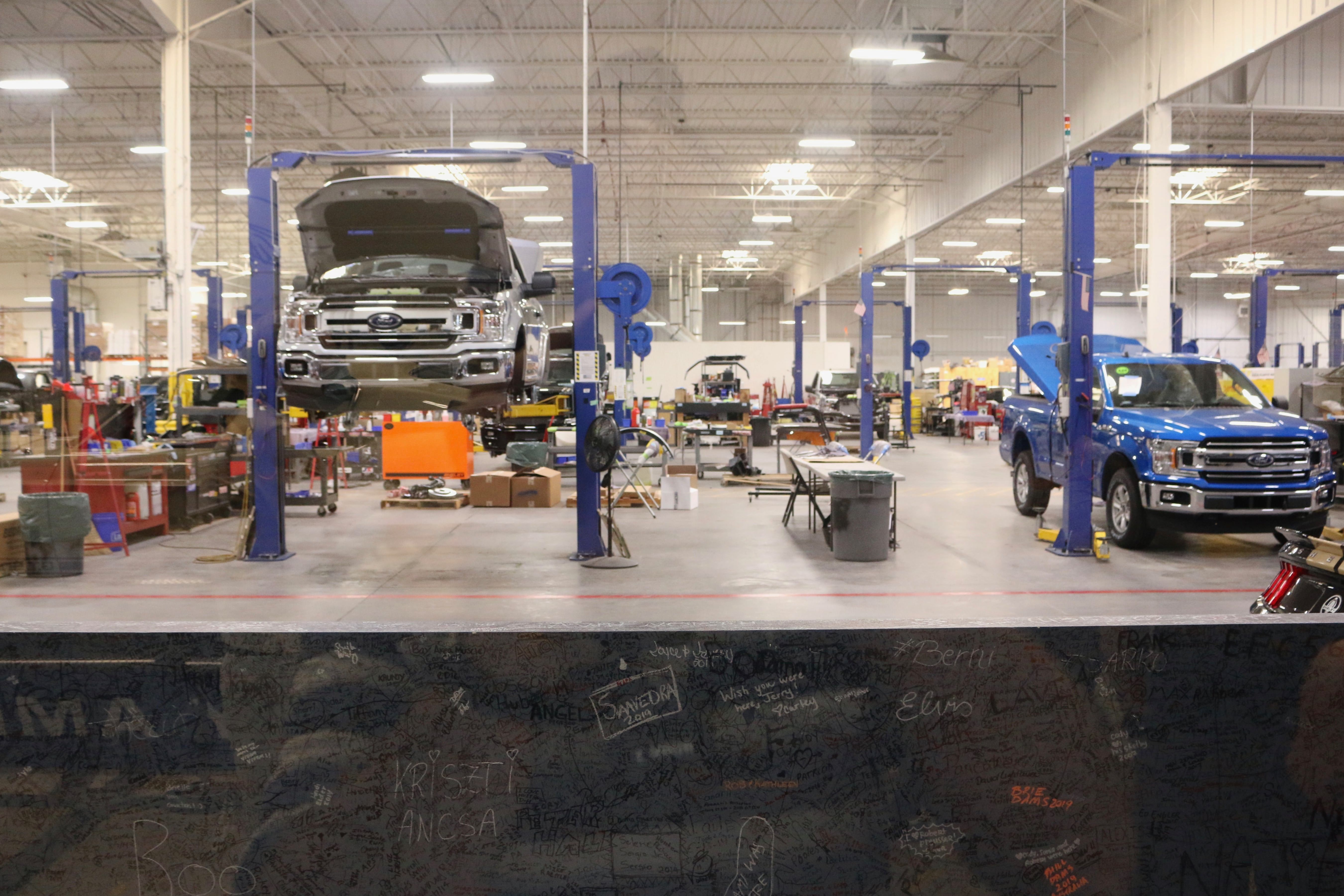
You have purchased your dream car and now you want to make your car last longer. Properly maintaining your car is the key to keeping it in good condition. It can also help ensure your safety and your fellow passengers. Cars and Credit Master is ready to give your car the best service. Our top-notch service staff and car mechanics can get your car or truck in and out quickly, as we know the frustration of being without your vehicle while waiting for it to get repaired. That’s why our staff excels in providing top-notch maintenance and repair—doing it quickly.
Whether you just got a car or have been driving one for long, it all comes down to the maintenance. Certain car maintenance tips can help your car to be in good condition. Though, you must have the technical knowledge and know-how to keep your car in good shape. That is why we’ve prepared 20 useful car maintenance tips that can make your car last longer.
1. Regularly Check your Vehicle
Take the time to walk around your vehicle at least once a week. Examine your car and search for any damage. You should also inspect your tires for any corrosion, breaks, or cuts and test every lock, window, and even the roof of the car.
Cars and Credit Master services include;
- General Automotive Repair
- Preventive Car Maintenance
- Air Conditioning and Heater Service
- Cooling System and Radiator Repair
- Synthetic Motor Oil Replacement
- Oil Filter Replacement
- Brake Repair
- Engine Diagnostic
- Belts, Hoses, Fluids
- Transmission Services
2. Inspect the Air Filter
A lot of car problems appear when your air filters are obstructed or if they fit loosely. Air filters block pollen, dust, and other contaminants to maintain your engine healthy. The air filter can lessen the airflow into the engine when dirty. It will rob your vehicle of power, lower performance, and fuel conservation. It’s recommended that you replace your air filter quarterly.
3. Always Check Air Pressure
Tire pressure can affect the fuel economy. It also impacts the comfort and handling when driving. The car’s manual will have the recommended tire pressure specified in the owner’s manual. Usually, tire pressure should be checked every week, if you can. You can also ask a question about our service center to serve you better.
4. Clean the Exterior of the Engine
It is important to clean your car’s exterior engine as much as keeping the interior engine clean. If not sanitized properly, even minor debris in the wrong area can damage your engine. For example, when you check the brake fluid, some grease might fall into it. Because of this, the brake can be damaged. Therefore, be sure to check your brake fluid levels at least once every month.
5. Protect your Headlights
Turn on your headlights when you park in front of a flat surface to check if both headlights are working well and in good shape. Visually examine both turn signals by walking throughout your car and see your parking lights. You can also ask a friend to stand at the back of the car while you try the brakes to be certain that your brake lights are working.
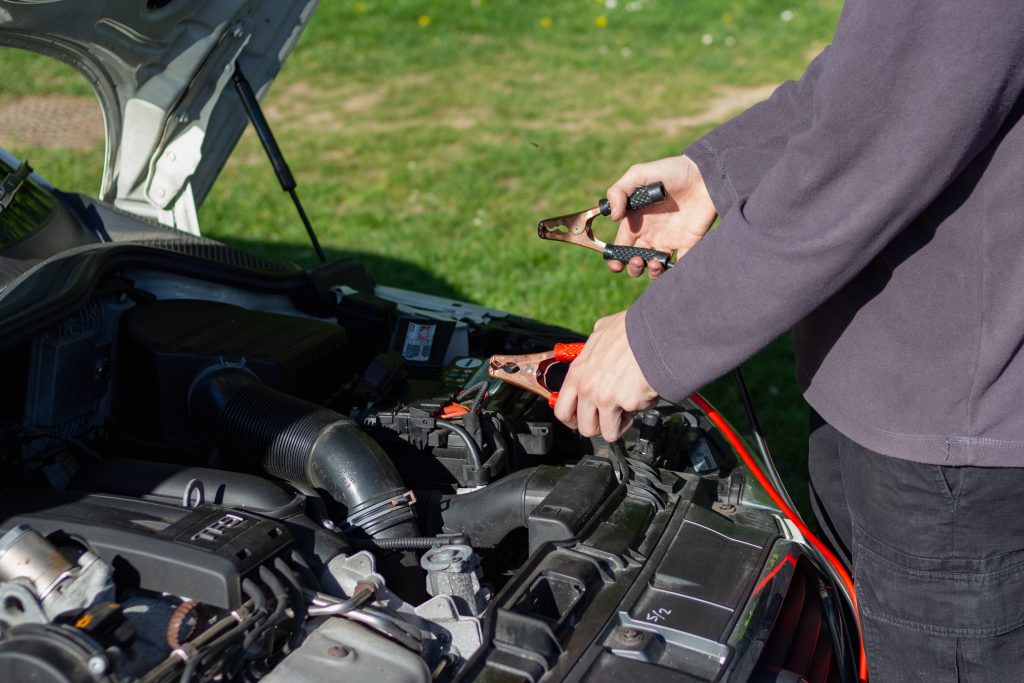
6. Check your Battery
Your car battery is one of the most essential components required for it to run properly. The battery of the car is responsible for giving a large amount of electrical current for the engine, starter, and other electronic accessories in the vehicle. Severe temperatures affect the performance of the battery so proper battery testing will ensure that the battery will perform when you need it to.
7. Replace your Spark Plugs, if necessary
Spark plugs can impact the performance of your car’s engine and they are responsible for igniting the gas and air mixture that ultimately powers your vehicle. Thus, when the spark plugs are not functioning, it lets the engine to lose power and the optimal capacity will not function. You should get your spark plugs professionally checked.
8. Make your tires restored and rotated
Tire rotation is necessary to sustain the safety and performance of your vehicle. It gives your vehicle a more agile steering response and a smoother ride. Rotating your tires gives them a chance to even out erosion and helps prolong the life of the tires. Be sure to check the tire pressure of your car once a week and even before you go for a long ride or when you carry overload items in your car. The recommended tire pressure is usually posted on a sticker inside the driver’s door. If there’s no sticker on the door, you can check the owner’s manual and search for the specs.
9. Check on your Cooling System
Your car’s cooling system and radiator need to be clean to function completely and efficiently. Your car’s radiator creates collateral with normal wear and tear, which can interrupt the cooling system. With a radiator flush, you can keep your cooling system in shape quickly and inexpensively. Check the car’s manual to find out if you need to flush the radiator once a year or after every two years.
10. Check your Wheels for Brake Dust
The brake dirt on your car does not affect the overall function of your brake but it does ruin the look of the wheels. When you apply the brake, a mix of substances that come into connection with the brake rotor and brake pad which is the brake dirt. If these are exposed to the sun, they can leave serious spots on your wheel. Hence, it is important to clean the dust off your wheels with a damp sponge.
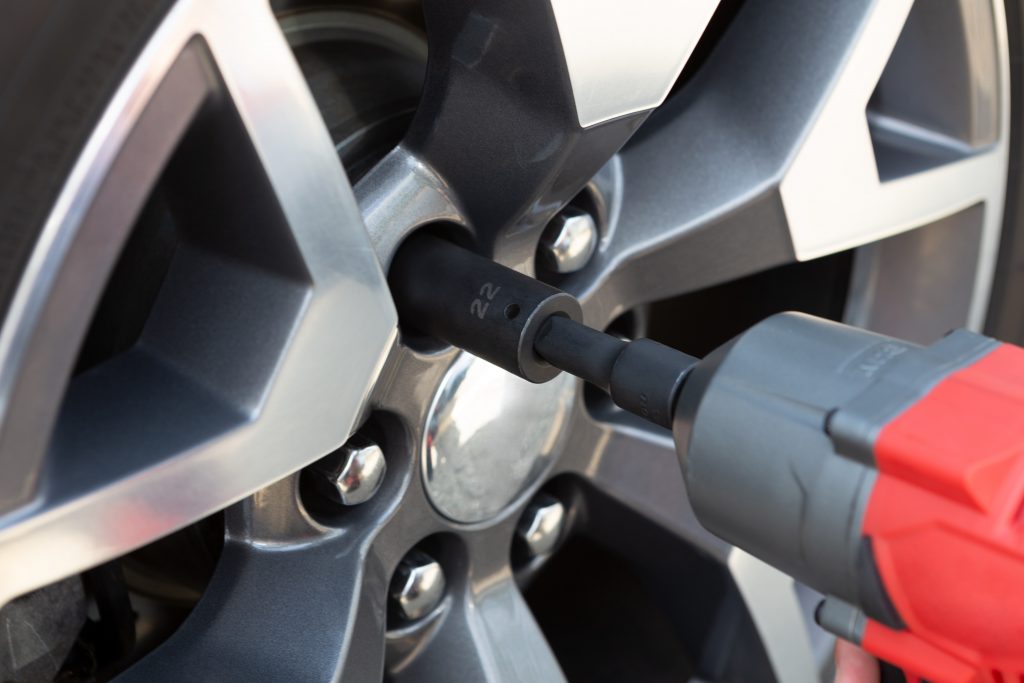
11. Inspect Drive Belts
Your engine provides power so that other parts and accessories run including the power that your vehicle requires to operate. Modern cars use a single belt which is also called a serpentine belt to rotate and connect from the crank pulley. As these belts are typically made of rubber or other polymers, they wear a lot even with regular use. So it’s important to check these belts regularly to inspect for visible hairline cracks or any change in their integrity.
12. Monitor Oil Levels
There are a lot of mechanical moving parts in your car’s engine that creates conflict as they stroke against each other. This friction generates heat and can lead to a vital loss in engine performance. This is why reducing friction from these parts is crucial to ensure smooth running.
Also, you might hear noises from your engine and a large reduction in fuel economy can occur. Check your engine’s oil level as an essential part of your car maintenance routine. It’s also important to look at the color of the oil, it shouldn’t be black. The black color usually indicates the presence of contaminants, excessive heat, and the addition of chemical additives.
13. Always Carry Automotive Tools
One good advice is to carry any necessary tools, so you can use them to maintain your car on the go and work with these tools in case your car faces various problems. For example, if you delay repairing a puncture, it can cause possible damage to your engine. Without having a tool kit, this can result in having to get your car towed. A set of tools can come in handy and will give you choices that you would not have. Not only are having tools useful daily but they can be useful in tough situations as well.
14. Protect your Car from Weather
Keeping your car away from the range of sunlight and trees can help your car’s paint and interior remain in good condition. Severe weather, harmful radiation, and nature can take damage to your vehicle. It is recommended to wash your car regularly and use protective means on plastic and rubber parts, a car cover is important as well. It will keep your car in the best shape for years to come so a car cover is a good purchase. As a result, you should keep your car covered when you are not using it and try to keep it inside your garage.
15. Wipe your Windshield and Replace your Wipers
A dusty windshield will not let you see clearly that it can cause inconvenience. They can create visual harm if not cleaned frequently and can result in accidents. For safe driving, the driver must have a clear view of the road. If you do not clean it, the dirt and particles will gather and can scratch the windshield when you use the wipers. Check your wipers when the rainy season is approaching and get them changed if needed. Your car’s glass can get scratches and obstruct your view if you use damaged wipers and it might lead to having to replace your entire windshield.
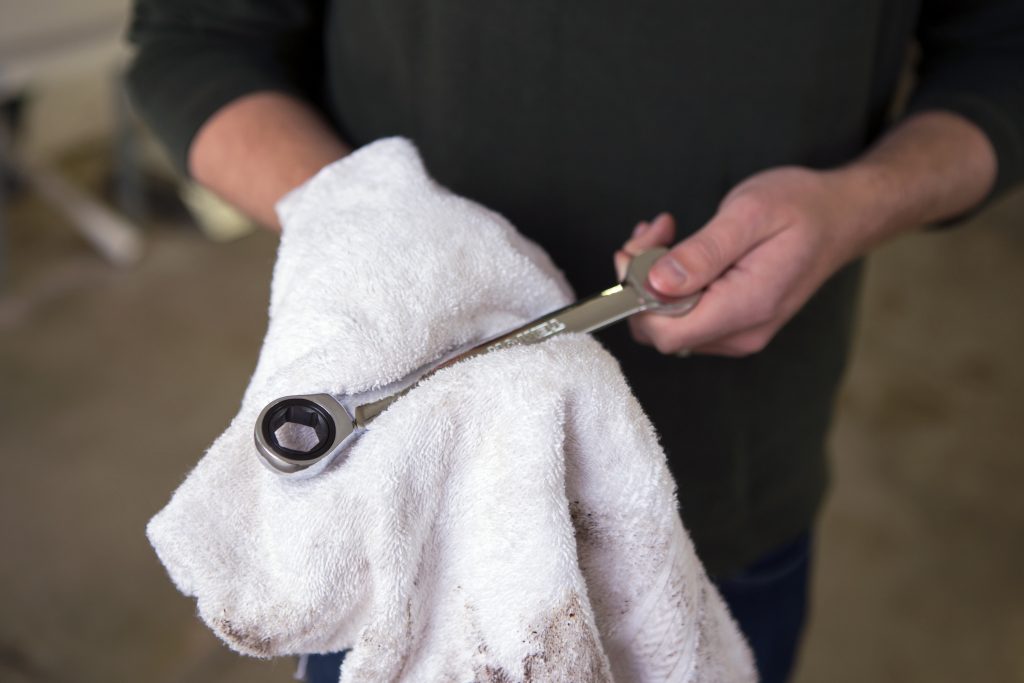
16. Check your Fluid’s Regularly
Get in the habit of checking car fluids along with the tires. When the engine cools down, open the hood and remove the oil dipstick. Clean the dipstick thoroughly and put it back again. When you pull it out now, you’ll notice the oil is up to a certain level. Check if the oil is at the correct level. Also, replace the oil every three months or every 3,000 miles, whichever comes first. By doing this, check even the fluid level of your power steering, the hoses, and belts and look for any signs of wear. Moreover, check the transmission fluid level after starting up your car. Get your tires and fluids regularly checked for the best performance of your car.
17. Inspect Engine Coolant Level
While there is oil in your engine to help lessen the friction between moving parts and help it block from getting heated at an extremely faster rate, your engine will also need a system that will help it get cleared of this created heat. That’s where the function of your radiator is needed and the fluid supplied to it is your engine coolant. If the coolant in the reservoir is running low or if it’s not there, then heat from the engine won’t get dissipated into the environment. This can make your car’s engine overheat. Before you start running out of your driveway, inspect the engine coolant levels as a part of your car maintenance checklist.
18. Replace Cabin Air Filter
You might want to replace the cabin air filter of your car especially when you have a passenger or family member that is allergic to dust and airborne particles. It’s one of the simplest ways to keep everyone comfortable and safe inside your car. You can always refer to the manual for the recommended time of replacement of the cabin air filters.
19. Check your Air-Conditioner
Before starting any air-conditioner related labor, it’s important to know what coolant you need. The air conditioner needs to have a proper level of coolant which is the cooling agent that keeps your vehicle running effectively. If your car’s A/C isn’t blowing cold air or there’s a clicking sound coming from the engine then most likely the unit needs to be restored. A properly working AC will not only make a vehicle’s passenger more comfortable and it’s also a great maintenance tip to follow.
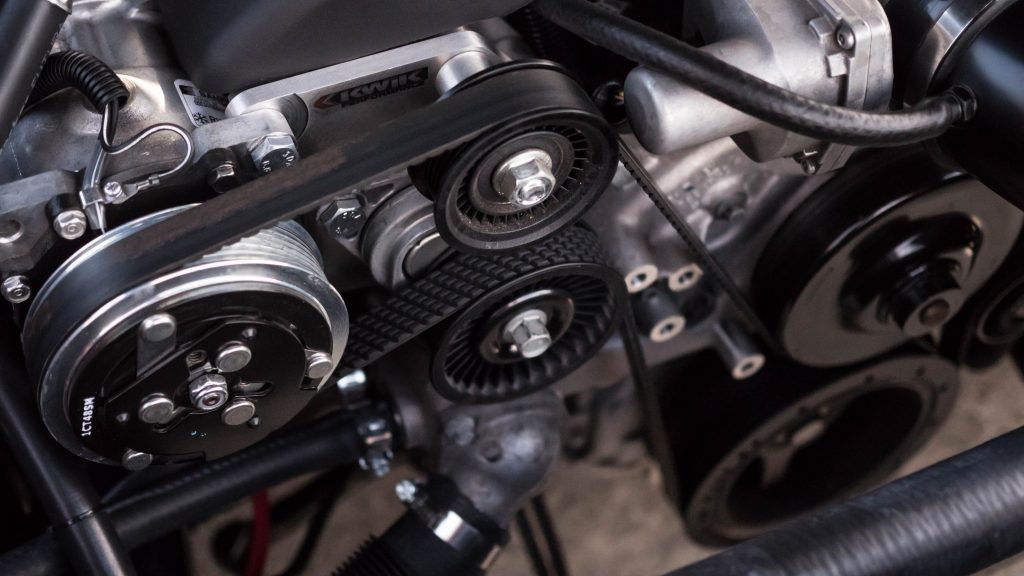
20. Bring your Vehicle to Us!
There are some things that you can fix by yourself, there are also times when the car’s condition requires professional expertise. So at times like these, schedule car maintenance or car repair right here at Cars and Credit Master. When it comes to car care maintenance, things aren’t complicated. Your car just needs to be taken care of by our top-notch service staff and car mechanics. Furthermore, you get a higher resale value for its optimal condition. After all your car is your favorite travel buddy, isn’t it?
Final Thoughts
Your way of driving impacts the condition of your car. When you drive smartly and safely, there’s not only less wear and tear on your car but you also can save on fuel costs. Start by taking a look at your driving habits. If you’ve got a habit of getting off fast and applying brakes quickly, each smooth shift saves money on gas.
For what it is worth, if you follow all the maintenance tips included in this article, you can be sure that your car will last longer. If you have some questions that you would like us to answer, please write your opinions and send us an email or directly contact us.





